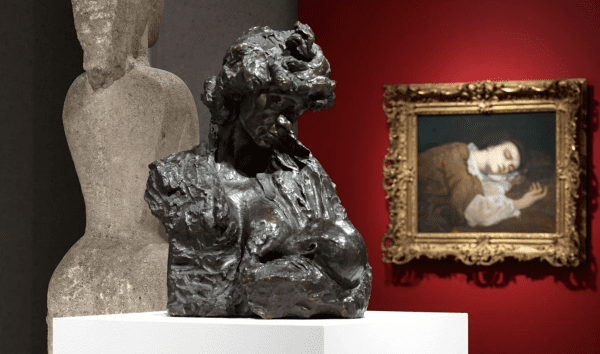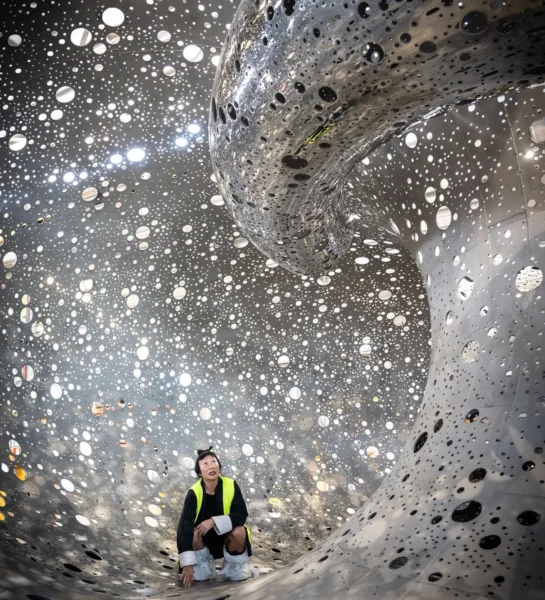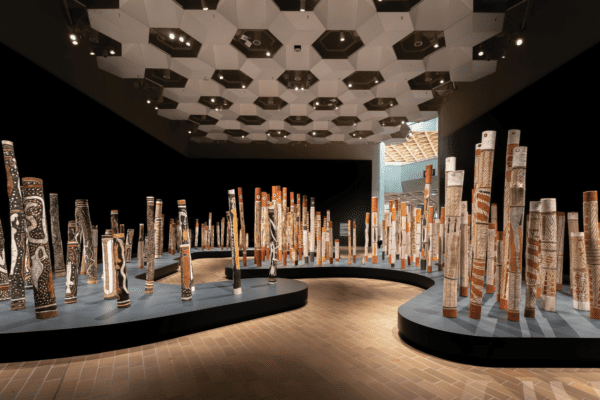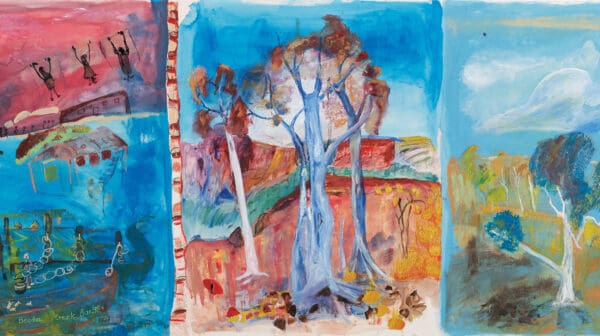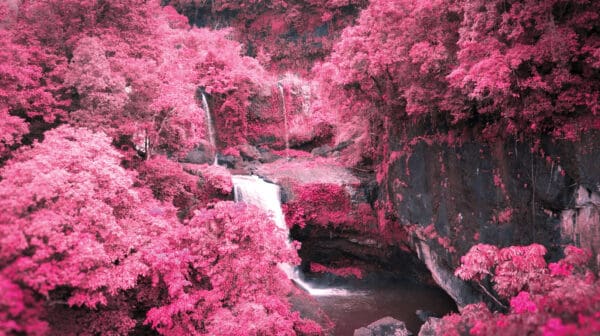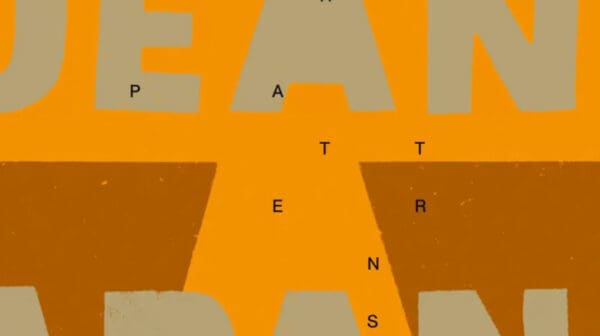National Gallery of Australia
Masami Teraoka
Masami Teraoka and Japanese Ukiyo-e Prints
From the early 1970s Japanese-American artist Masami Teraoka adopted the traditional visual vocabulary of 17th–19th century Japanese ukiyo-e woodblock prints to comment on the world around him.



